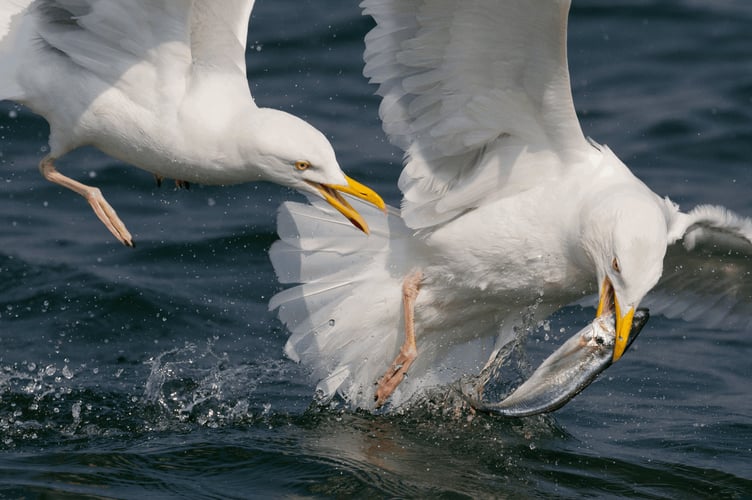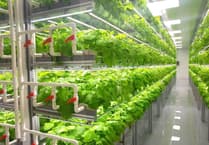Watching seagulls searching for discarded titbits during a recent visit to the coast, I wondered how much their diets have changed due to human activities.
Gulls are highly adaptable, and it’s obvious they have changed their diets and behaviours – often controversially – to take advantage of the food on offer in human-altered environments. Gulls traditionally fed on natural food found around our shores before taking advantage of our behaviour.
For many years, they gathered en masse at harbours around the UK to feed on large quantities of discarded fish, as well as around fishing boats to take advantage of fish discarded offshore. Those rich pickings have diminished with the decline of the fishing industry overall and changes in fishing practices.
Landfill sites became easy pickings, providing tons of accessible human food waste for the birds to sift through. But as we continue to change how we dispose of such edible waste – through kerbside food “recycling” and reducing landfill – these birds must now adapt again if they are to survive.
I heard last week that researchers from the British Trust for Ornithology (BTO) are keen to understand the foraging habits of closely related but distinct gull species, to see if and how their searches for food differ.

Scientists attached GPS trackers to gulls at a nesting colony on the Isle of May, off Scotland’s east coast, to follow the birds’ movements when they went off in search of a meal, and to see if they were competing for the same food.
The research involved three species: the Great Black-backed Gull, the world’s largest gull and more likely to be seen on our coasts than at inland sites; the Lesser Black-backed Gull, familiar in a variety of habitats from coasts to fields and towns; and the Herring Gull, the classic seaside “seagull”, often associated with stealing chips and ice creams, but also partial to crabs and starfish found along the shore.
The study found that while the three species did overlap in habitats, there were distinct differences in where the birds searched for food. Most notably, Herring and Great Black-backed Gulls showed a preference for landfill sites and coastal areas, including harbours. Although Lesser Black-backed Gulls also visited these habitats, they primarily targeted agricultural areas.
Dr Nina O’Hanlon, Senior Research Ecologist at BTO Scotland, said: “Our findings have allowed us to better understand how the foraging behaviours of different gull species could be impacted by habitat change, and how these birds might interact more with humans in future.”
The results suggest that continued habitat loss and degradation could further negatively impact these declining gull species, despite their ability to feed on a range of foods in a variety of habitats. Given that the gulls in this study largely favoured habitats linked to human activities, further changes – such as landfill closures or altering coastal environments – could push the gulls to seek out alternative, less preferred and lower-quality food.
Competition for scarce foods will also likely increase, which may further negatively impact their breeding success and survival, as well as exacerbate conflicts with human activities in alternative habitats.
Dr O’Hanlon added: “We know gulls can be very adaptable, but not all food sources meet their needs. When forced into suboptimal habitats, they may not find enough food to feed their chicks, or they may experience greater competition with other gulls searching for the same limited food.”





Comments
This article has no comments yet. Be the first to leave a comment.